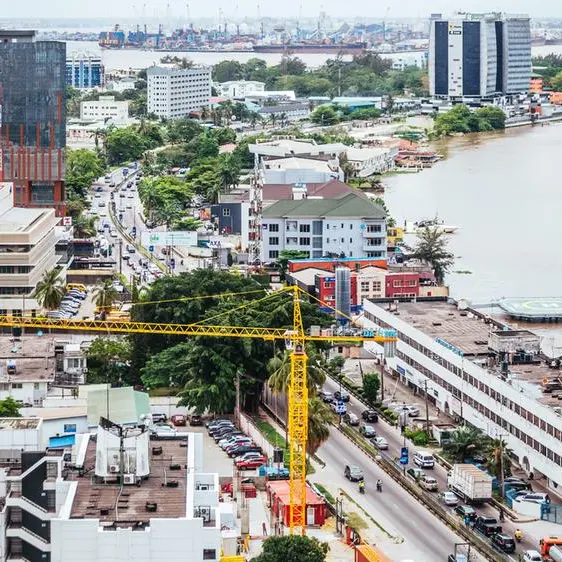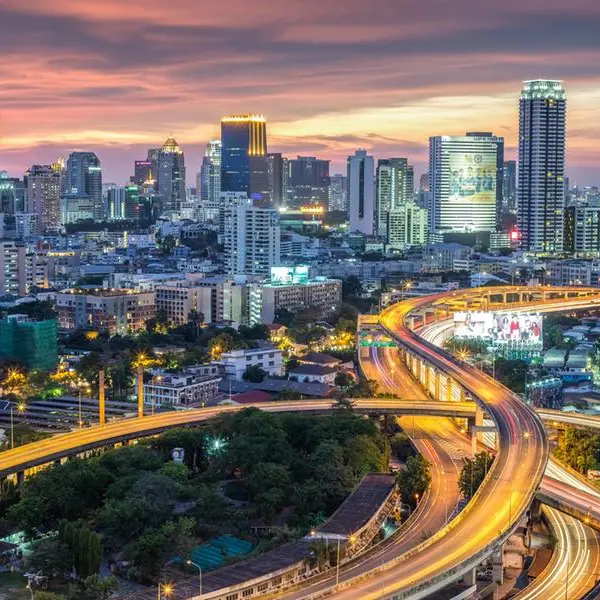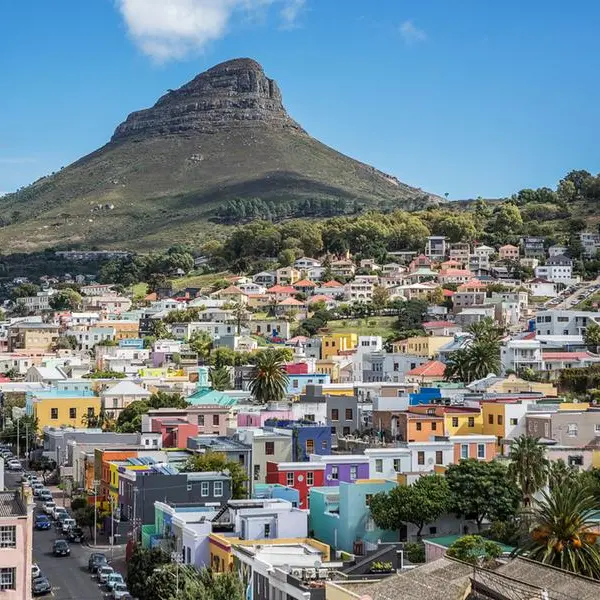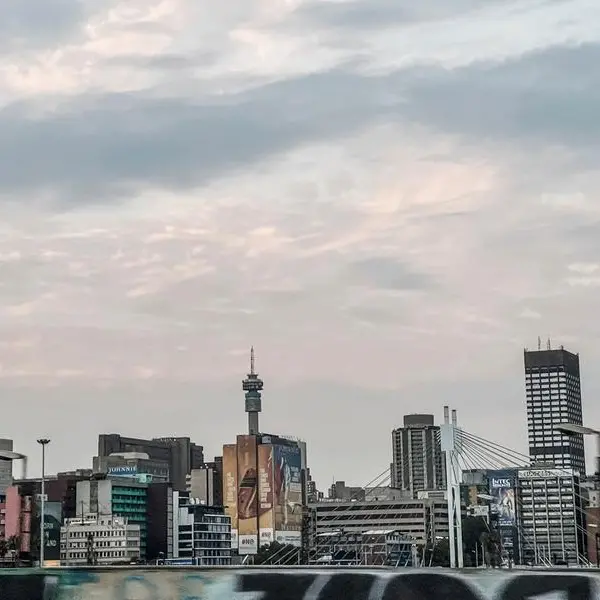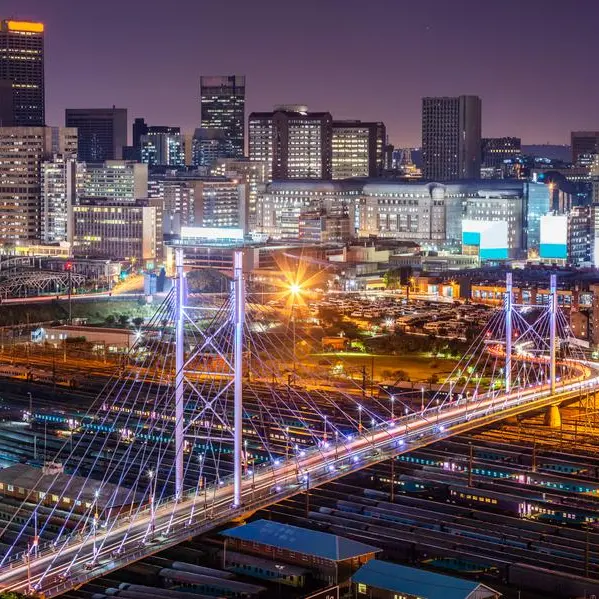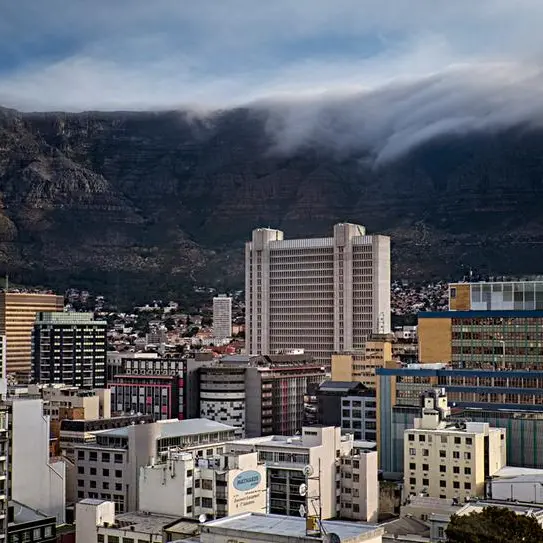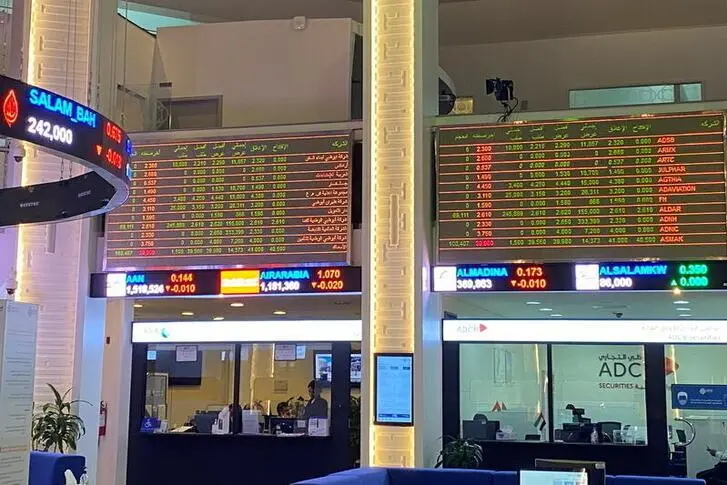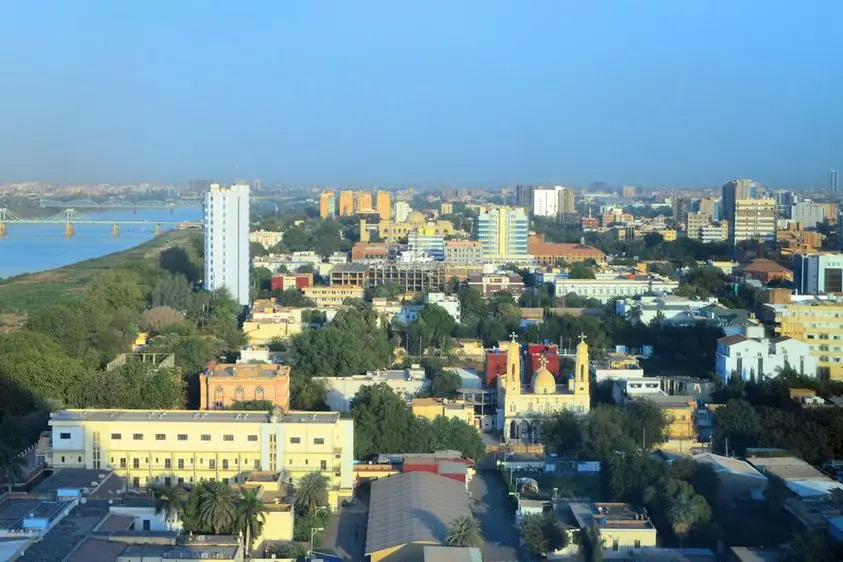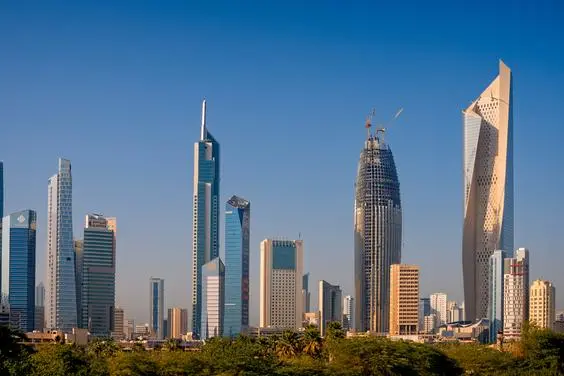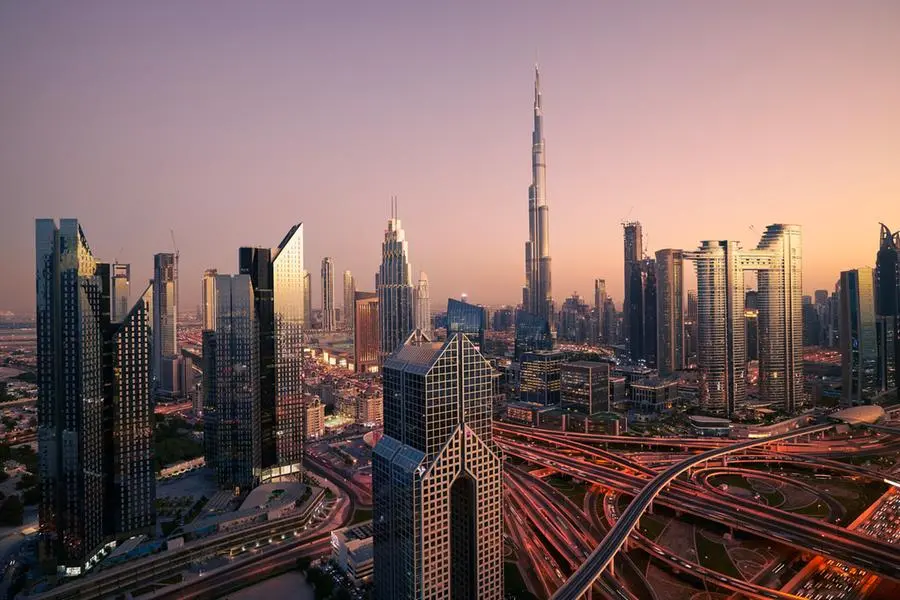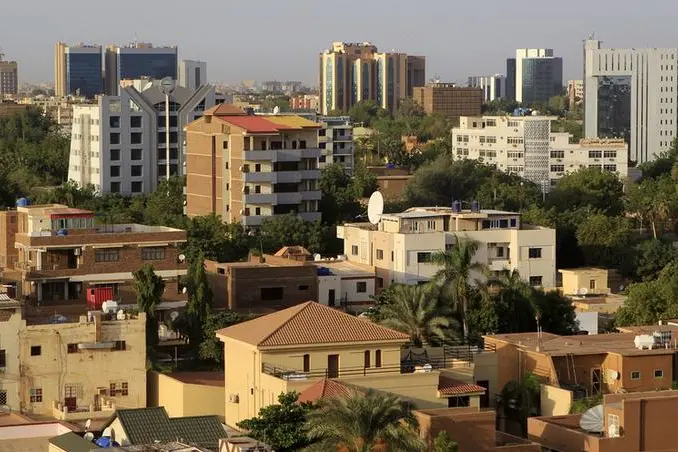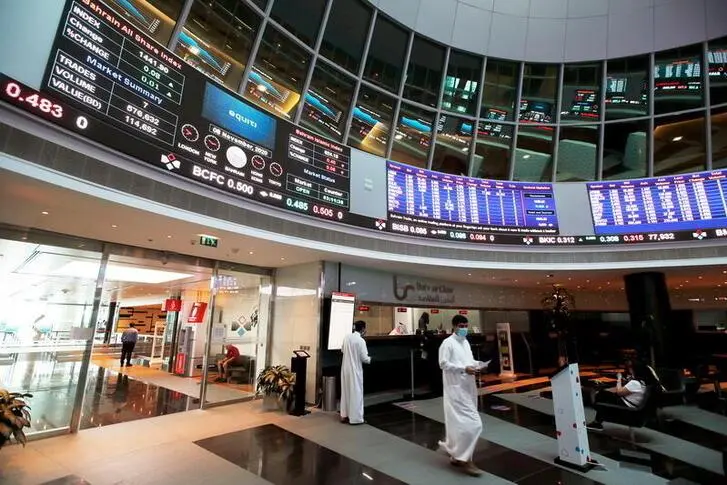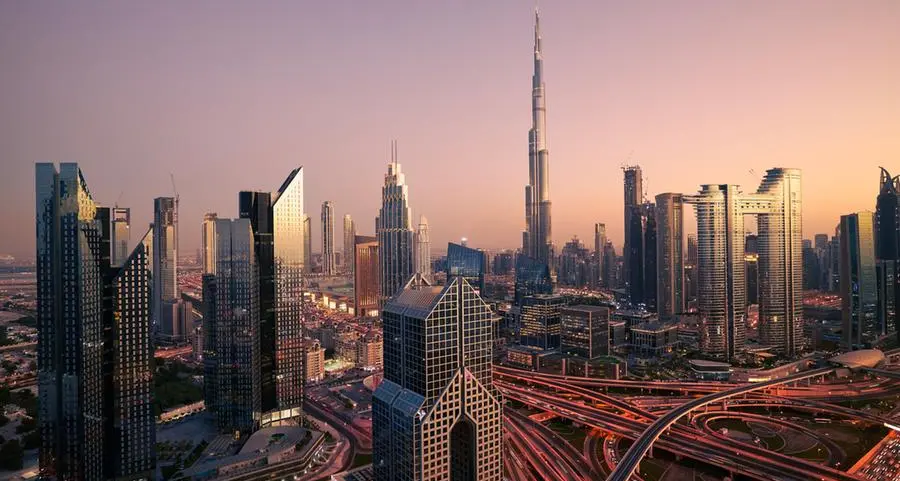PHOTO
Nigeria flag waving with stack of money coins. Getty Images Image used for illustrative purpose.
Nigeria’s biggest city and commercial hub of Lagos plans to raise as much as $10 billion in private investment to boost electricity supply to nearly five million households by 2032, state governor Babajide Sanwo-Olu said.
Lagos, home to about 25 million people, receives about 25% of 5,000 megawatts of national grid-connected electricity, prompting the city to depend on fragmented off-grid power sources, according to the state’s ministry of energy and mineral resources.
“We’ve done an extensive power roadmap in energy for Lagos and we have an idea of what our requirements will be for the next 10 years,” Sanwo-Olu said in an interview.
“We’re trying to grow our power requirement and based on the energy needs, it will be about 10,000 to 12,000 megawatts of power. So, it could be an investment opportunity of up to like $10 billion. So, we’re going to put that in front of investors,” he said.
Sanwo-Olu said his government is also partnering with the World Bank and USAID to provide off-grid solutions to drive renewable energy use in Lagos, Africa’s most populous city.
The state plans to generate more than 1GW of solar photovoltaic in seven years, that will help it electrify 1.6 million households by 2030.
Gridlocked-Lagos
The governor also sees the Lagos mass transit rail line — built to ease the city’s infamous traffic gridlock starting services by the end of August after an eight-month delay.
The railway, constructed by China Civil Engineering Construction Corp., is expected to be operated on electric tracks, but the building of an independent power plant has been delayed by several months due to a “global disruption” in the supply of key components, according to the governor.
“They’re almost in the country now,” he said. “We even need it now more than ever before because of subsidy issues and so we’re working round the clock.”
The first phase of the proposed 27-kilometer (16.8 mile) network will initially carry 250,000 passengers a day, Lagos Metropolitan Area Transport Authority said last December. The line will connect from near the Tin Can Island sea port in Apapa to Marina, on Lagos Island.
Lagos has a density of 6,871 residents per square kilometer, according to the World Population Review.
(Editing by Seban Scaria seban.scaria@lseg.com)

